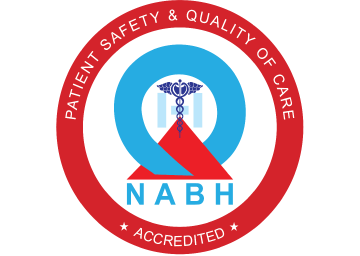Liposuction
What is Liposuction?
- Liposuction is a surgical procedure in which small incisions are made, and the excess fat is sucked out.
Why do patients seek Liposuction?
- Having a good body shape is everyone’s dream. The fat that is deposited in the body due to weight gain is usually lost by exercise or weight gain. However, there are some areas of the body such as the outer thighs, inner thighs, buttocks, flanks and abdomen which do not respond to exercise or diet. These fat deposits are called as lipodystrophy and have to be treated by liposuction provided that the skin has good elasticity of tissues. Patients often seek liposuction because
- They have unsightly bulges in fitted skirts and trousers
- Their inner thighs rub each other in the middle especially during hot weather
- Lower abdomen and flanks bulge and are visible above and below the waistline
- Diet resistant fat over the buttocks, saddlebags ( near the hips), lovehandles ( lateral aspect of the lower abdomen), male breast
What does the procedure involve?
- The procedure is usually done under general anaesthesia. Fluid is injected in called tumescence to reduce bleeding while doing this procedure. Then a small incision of about 5 mm is made over the skin, and the excess fat is sucked out.
Can this procedure be used to reduce weight?
- This procedure is for providing a good shape to the body. It does not reduce the weight of the individual. If losing weight is your main aim this procedure is not for you.
Can this procure be an alternative to diet and exercise?
- This procedure is best appreciated when the patient is on a good diet and exercise programme. Liposuction is complementary to diet and exercise wherein it helps remove fat deposits that are resistant to exercise. Hence patients are advised to continue diet and exercise. Liposuction is not an alternative to diet and exercise, and this has to be continued.
What is the normal postoperative course?
- Patients may have mild discomfort in the areas that underwent liposuction which is controlled well by painkillers. There will be swelling and bruising in the areas that underwent liposuction, and the final result can not be appreciated until 6 to 12 weeks after surgery. To reduce the swelling and to get a good result compression garments are worn for at least three months. The stitches applied can be removed in 7 -10 days. We usually discharge the patient in the first or second day after the operation.
How much time do I need off work?
- It would depend on the amount of fat that was sucked out. If it involves a small area, usually patients go back to work in 2-3 days. However when the amount of fat that is to be sucked out is large, then the recovery may take longer, and they may go back to work in 2-3 weeks.
What are the complications associated with this procedure?
- Complications associated with this procedure are fortunately less. There can be mild asymmetry, rippling effect and stretch marks over the treated area. Very rarely do patients need revision procedures for the same. Usually, patients are very happy with this procedure as the fat deposits which were not going with diet and exercise go away.
Facts at a glance
Surgery time Dependent on area treated Hospital stay 1-2 nights Anaesthesia General Anaesthesia Taking a Shower Next day after operation Driving 3 - 4 days if the area was small; 1-2 weeks if the area was large Sports & Gym 2 weeks if the area is small and 4 - 6 weeks if the area was large Time off work 3 - 4 days if the area was small; 2 - 4 weeks if the area was large Garments To wear compression garments atleast for 3 months




